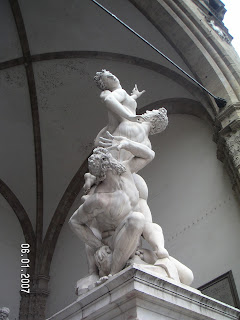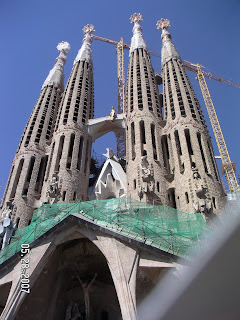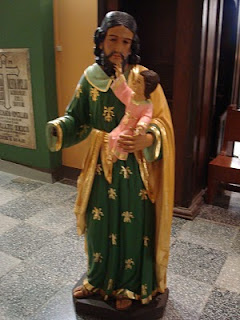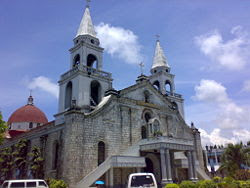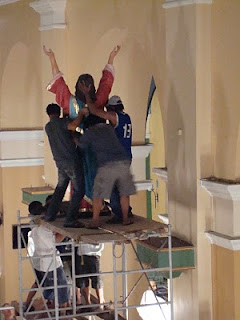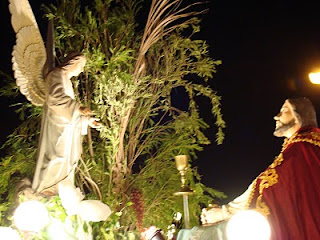Unbeknown to me, I was being summoned to a death bed last Thursday, the 5th of November, not to officiate the viaticum to the dying but to be named an “heir,” (that is, if what was given to me can be considered an “inheritance”). It never crossed my mind, even while we were talking, that it was to be our last. And so I took my time, asked Fr. Philip and Fr. Peter and the office staff to go with me to cheer her up. When we prayed over her, we prayed for healing, a quick one, knowing that if she could not recover by the 8th of November I would have a problem looking for somebody to lead the novena to St. Elizabeth of Hungary. The communion I brought was not even intended as a viaticum. She would surely recover, I thought, and knowing her, she would be up and about in no time, leading the five o’clock in the morning novena, waking me up with her cracking, breath-catching song. (She runs out of breath, that is.) It was not to be.






